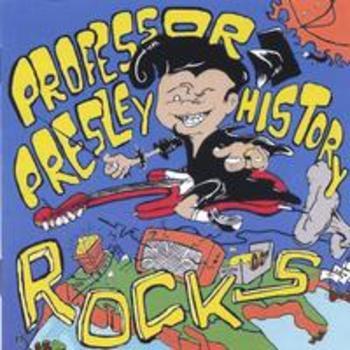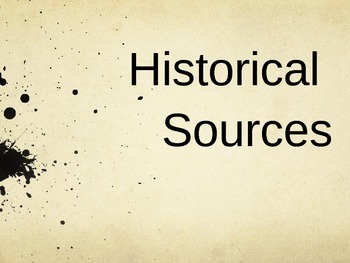3 results
Easter library skills dbqs

Origins of Easter DBQ - Document Based Analysis with Questions - Holiday History
A document based question (DBQ) activity that has students explore the history and Origin of Easter by analyzing six primary and secondary source documents. Students will then answer the questions included for each document.Students will then use what they've learned to write a structured paragraph that answers the prompt: What is the origin of the Easter holiday and how has it changed over time?Includes:DBQ with 6 documents18 total questions to be answered. 3 for each documentWriting instructio
Subjects:
Grades:
7th - 12th
Types:

Washington's Farewell Address: Common Core Text Analysis Lesson
Washington’s Farewell Address is a great document to use in a common core style lesson in which U.S. History students analyze text. This document touches on topics that resonate with students because students can look at what Washington’s advice was for our nation in 1796 and then judge how in modern times we have, or have not followed this advice. Washington mentioned foreign alliances, public education, political parties, national unity, and the national debt along with other topics. Student
Grades:
6th - 12th, Higher Education

Historical Sources (Primary and Secondary Sources) PowerPoint
Want to teach your students about the types of sources they will encounter in history class or in research? This is the perfect PowerPoint presentation to use before students begin a research project or a document-based question (DBQ). It's also wonderful to use any time in a history classroom.
This PowerPoint defines, compares, and contrasts primary, secondary, and tertiary sources. It gives examples of each (especially primary sources) and ends with a consideration of each source's best use
Subjects:
Grades:
9th - 12th
Showing 1-3 of 3 results

